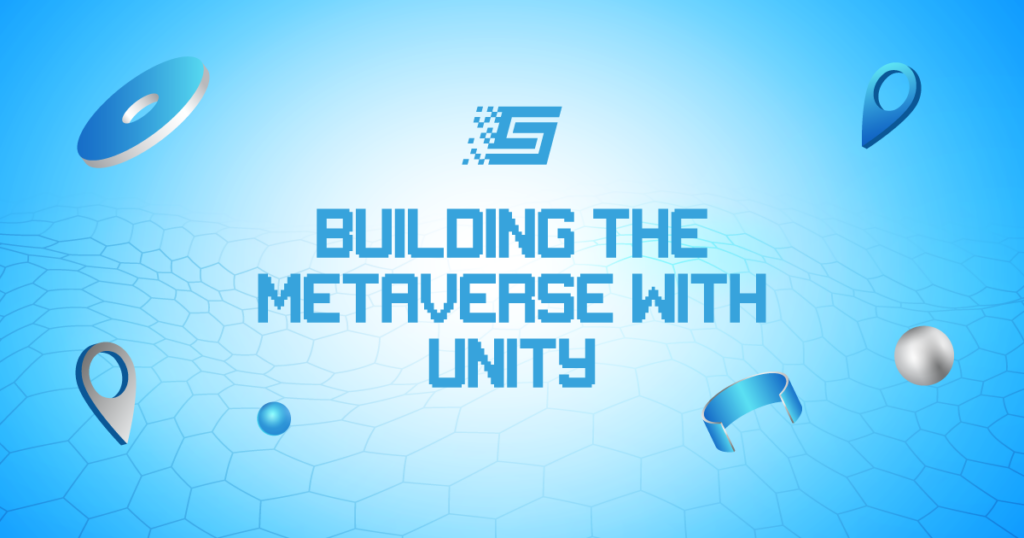The Metaverse Vs. Virtual Reality: Key Differences
The metaverse is now one of the biggest topics of discussion in the tech space after big companies started investing in it. Facebook, Microsoft, Google, Sony, and many other tech giants are diving into the metaverse with unique platforms.
Interestingly, the announcement of Facebook’s rebranding to Meta in October 2021, along with the company selling ten million Oculus VR headsets, brought a lot of attention to virtual reality. Many descriptions of the metaverse paint it as using the internet in virtual environments, but virtual reality serves only as one component for interacting with the metaverse.
Understanding The Metaverse
The metaverse is an open, shared virtual world that allows participants to explore and interact with all sorts of different types of virtual spaces, services, and content. Interestingly, the metaverse empowers different users to develop virtual spaces and solutions, thereby establishing its creator economy.
Participants can access the metaverse through VR (virtual reality) and many other technologies like AR (augmented reality) glasses. You can also use a personal computer or smartphone to access the metaverse. It is a shared and persistent virtual world that complements the real world, where users are able to access online content and virtual spaces with digital avatars.
What Is Virtual Reality?
Virtual reality points towards the creation of virtual environments driven by technology. From a technical perspective, VR refers to a 3D environment generated by computers. Users can explore VR experiences and interact with these engaging and immersive environments using a special headset or glasses. The specialized devices help to elevate the immersive experience of users with sensory elements in the virtual world. There are also specific VR systems that enable the user to wear gloves with electronic sensors. The user is immersed in the environment and is able to manipulate objects or carry out different tasks in the space.
The major applications of VR have generally been identified in entertainment so far. But the uses of virtual reality in education and other areas, such as medical and military applications, have started gaining momentum recently.
What’s The Difference Between The Metaverse And Virtual Reality?
Ownership
One big point of difference between the metaverse and VR would obviously be prospects of ownership. When you use a VR system, you are experiencing a system that is under the ownership of a brand. The only thing you will have in your possession with VR technology is the equipment.
The metaverse is a completely different concept. It allows ownership of digital assets and experiences to users. What you create and own in the metaverse is yours, whether it’s a piece of virtual real estate, a gaming asset, or an artifact. The metaverse confers the privilege of complete ownership on users.
Technology
Another significant factor of the metaverse vs. virtual reality debate is the technology limitations. With VR, you can only refine virtual experiences further with improvements in the VR systems. In the end, VR would basically just be about simulations and enjoying virtual adventures.
However, the metaverse does not have any such limitations, and it does not draw its strength solely from virtual reality technologies. There are many other technologies that drive the functionalities of the metaverse, such as augmented reality, blockchain, cryptocurrencies, and connectivity technologies.
The metaverse is a huge virtual world that allows the integration of new technologies offering enhanced functionalities.
Experiences
The metaverse will eventually give us a virtual universe that is very similar to the real world by combining the technologies of VR with AR. Therefore, you can experience the virtual worlds much like you would moving around in the real world, albeit as a digital avatar. Most importantly, the experiences in the metaverse are not limited only to specific spaces. It allows participants to visit, experience, and connect with other users in different spaces within this digital realm.
In the case of virtual reality, you can feel that you are wearing a headset that lets you experience the virtual environment. On top of that, the experiences in VR are limited to a specific amount of people, like the ones playing a specific game.
Persistence
The next pointer for differentiating between the metaverse and VR is persistence. The metaverse is still under development, while you already have VR technologies that enable you to experience virtual worlds. However, the experiences in VR systems cease the moment you turn off the system.
Conclusion
The metaverse is a massive, gradually developing virtual universe that would embody a three-dimensional representation of the internet. Just like browsing through different web pages, users can browse through virtual spaces in the metaverse, and there is no limit to the possibilities of introducing innovation in the space. Even though the technologies seem to go hand in hand, VR is certainly much more limited.


